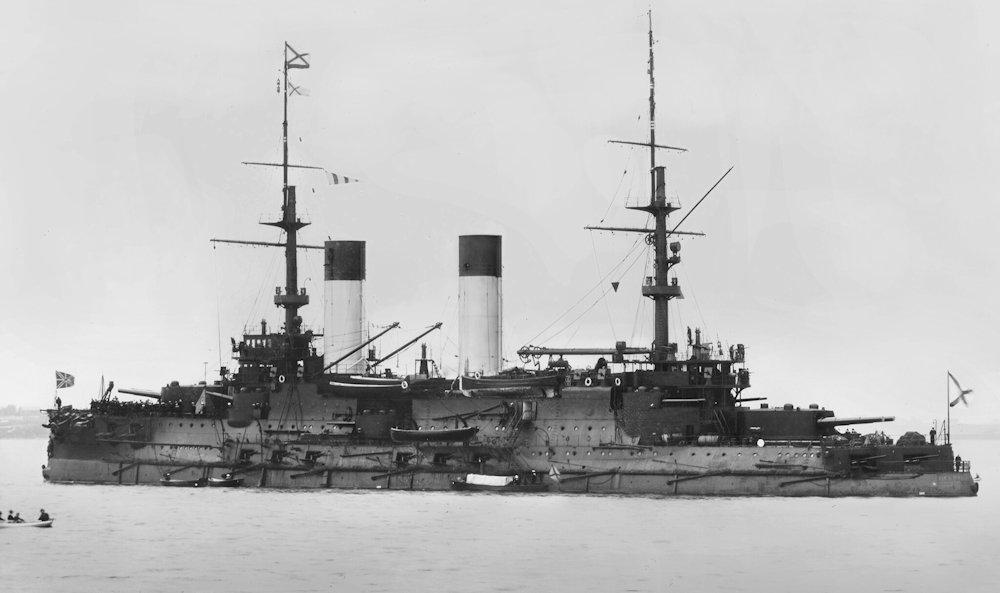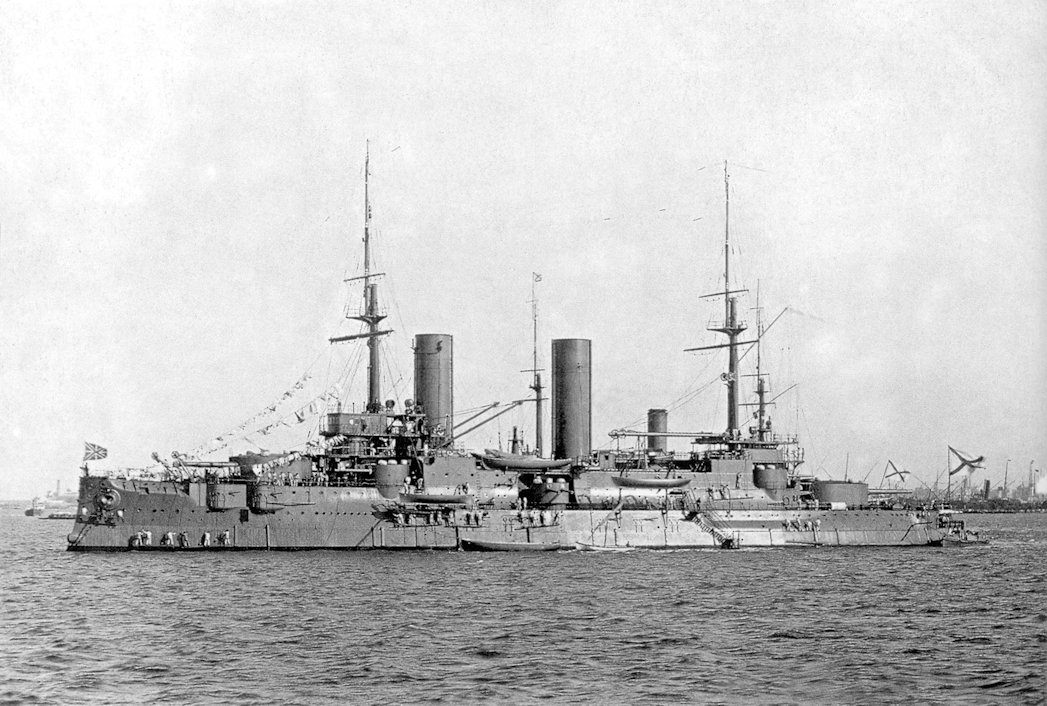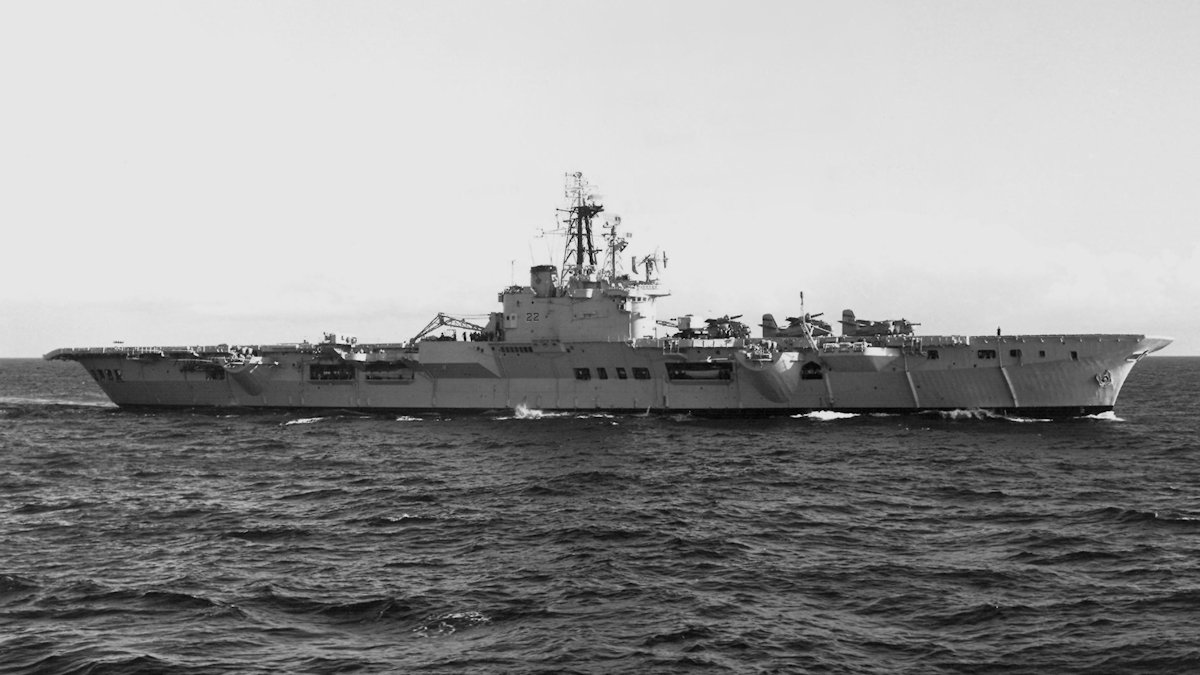Tag: warship
-
Russian Battleship Knyaz Suvorov

Russian Battleship Knyaz Suvorov Launched on 25 September 1902, Knyaz Suvorov was Borodino-class pre-dreadnought battleship built for the Imperial Russian Navy. Entering service in September 1904, she sailed a month later on 15 October 1904, with the Second Pacific Squadron to break the Japanese blockade of Port Arthur. The Japanese captured the port while the squadron… Read more
-
Russian Battleship Slava

Russian Battleship Slava Launched on 29 October 1903, Slava was a Borodino-class battleship of the Imperial Russian Navy. Not completed until October 1905, she was too late to be included in the ships sent to relieve the siege of Port Arthur, hence missing the Battle of Tsushima. She therefore avoided the fate of her four sisters,… Read more
-
Canadian Aircraft Carrier HMCS Bonaventure

Canadian Aircraft Carrier HMCS Bonaventure Originally built for the British Royal Navy as HMS Powerful, HMCS Bonaventure was a Majestic-class aircraft carrier operated by the Royal Canadian Navy. Laid down on 27 November 1943 as HMS Powerful, she was incomplete at the end of the Second World War and work on her was halted. Canada… Read more